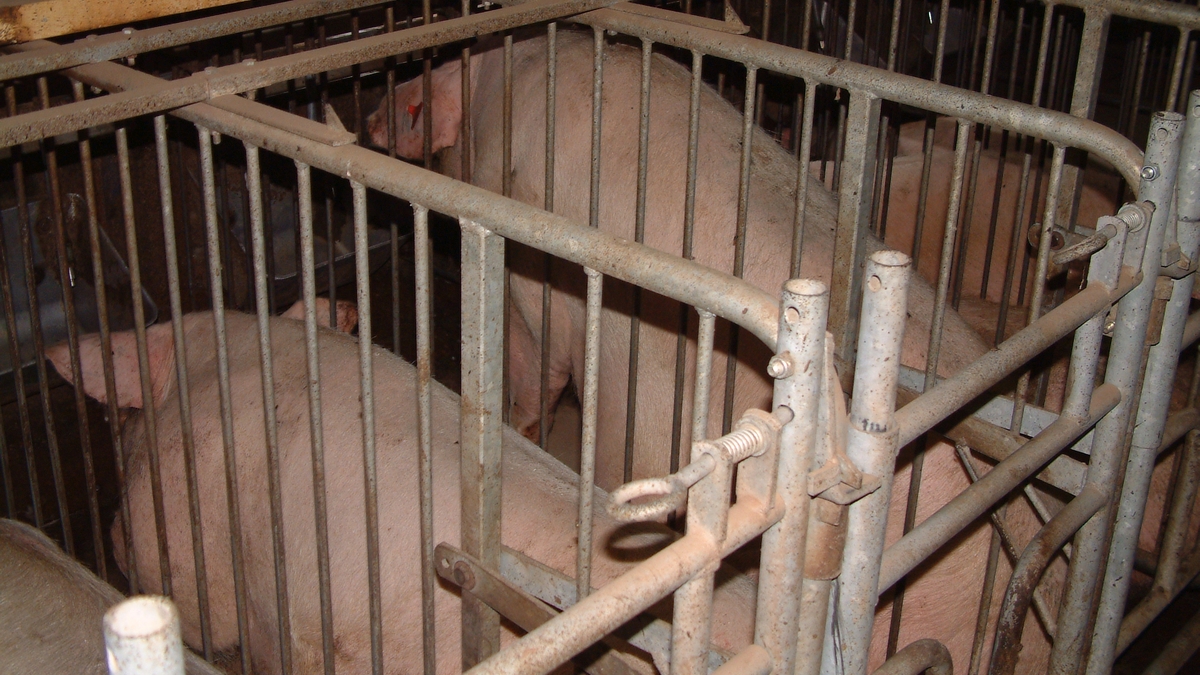Initiative on revision of the EU legislation on animal welfare

Subject
Revision EU legislation animal welfare
The purpose of the revision is to ensure a higher level of animal welfare, broaden the scope of the EU animal welfare legislation, align it with the latest scientific evidence and current political priorities as well as citizen’s expectations and make it easier to enforce. This roadmap is now open for feedback until August 3, 2021. Feedback will be taken into account for further development and to formulate a proposal for new legislation by the fourth quarter 2023.
Objectives and Policy options
Under the Farm to Fork Strategy, the EU animal welfare legislation should be revised in order to meet the following general objectives:
- Ensure a higher level of animal welfare;
- Align the EU animal welfare legislation with the latest scientific evidence;
- Broaden its scope; and
- Make it easier to enforce.
Another general objective is to better meet citizens’ growing expectations, including as expressed in the European Citizens’ Initiative “End the Cage Age”. In addition, the Commission is committed under the Farm to Fork Strategy to consider options for animal welfare labelling to better transmit value through the food chain.
Impact assessment
In order to achieve the objectives, and pursue effectively sustainability objectives, an inception impact assessment considers possible options per each of the different areas of welfare: during transport, at farm and at slaughter and combinations of options. A coherent approach will be ensured when refining and comparing options, taking into account possible synergies, overlaps and potential common solutions. The impact assessment will also look into possible simplification across the areas covered and policy options envisaged. A range of possible actions (“options”) is presented:
Animal transport, with different options for:
- Space allowances, travel times and travel conditions.
- Live animal exports to non-EU countries.
- Unweaned and other vulnerable animals.
- Better monitoring and enforcement by introducing new technologies.
- Means of transports, adapted to new technologies.
Animal welfare at farm level. Possible approaches to be developed to design policy options:
- Introduction of common and comprehensive animal welfare principles and requirements, to ensure a high level of animal welfare based on five domains.
- Standard operational procedures for farms.
- A prohibition on cages/stalls.
- Increased space allowances.
- Prohibitions or restrictions on mutilations.
- Animal welfare indicators.
- More precise terminology, definitions and requirements.
- Training requirements for all handlers of animals.
Possible approaches to be developed to design policy options for animal welfare at the time of killing:
- Prohibition of CO2 at high concentration as stunning methods for pigs.
- Prohibit or limitation of the use of electric prods.
- Introduce a pre-approval system for stunning and restraining equipment.
- Approval of slaughterhouses.
Animal welfare labelling
There is no EU legislation on animal welfare claims or labelling. Most of the information to consumers on animal welfare is based on national labelling schemes (when they exist) which follow various approaches and provide different levels of animal welfare protection. If no action is taken, the provision of (some) animal welfare information to consumers will depend on limited regulation, and on (divergent) national initiatives, or on market forces (voluntary private labelling schemes). Three options are presented for an EU system for animal welfare labelling:
- Option 1: Regulating animal welfare claims.
- Option 2: An EU animal welfare label, limited to cage/non-cage systems.
- Option 3: An EU animal welfare label, with key welfare criteria.
